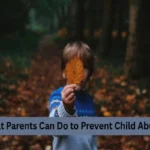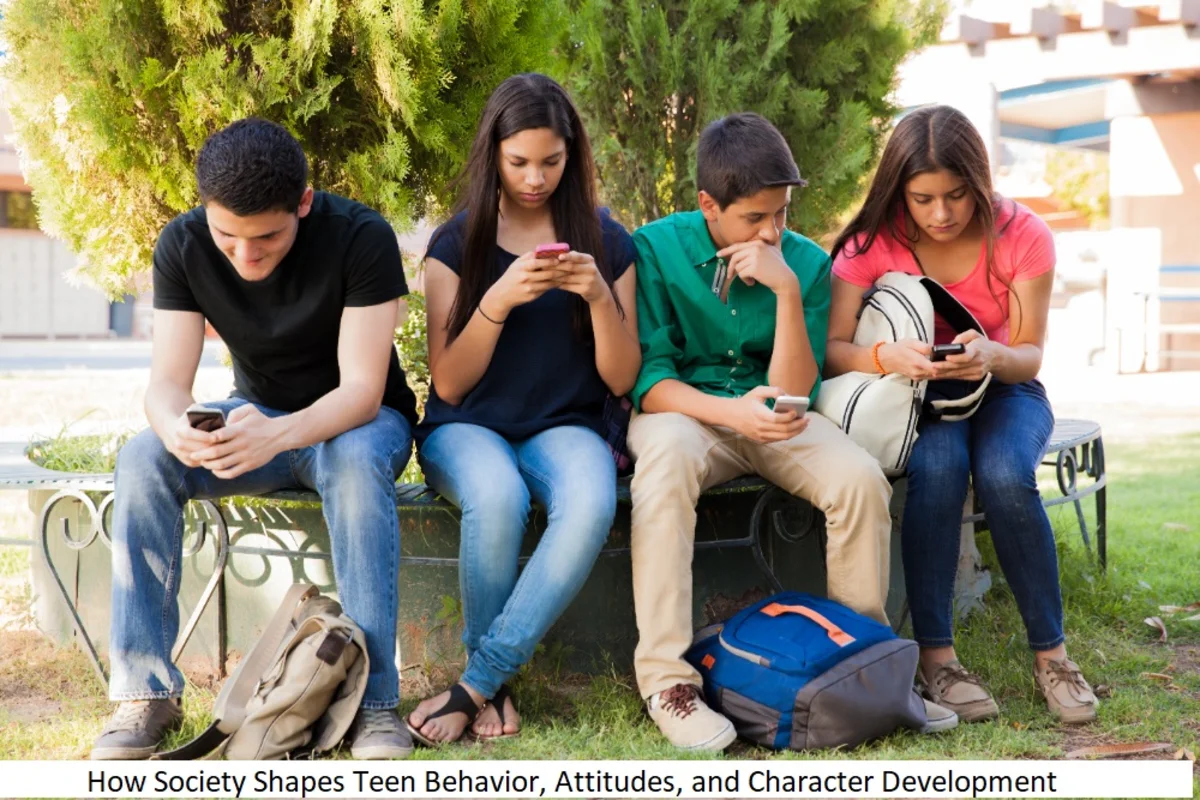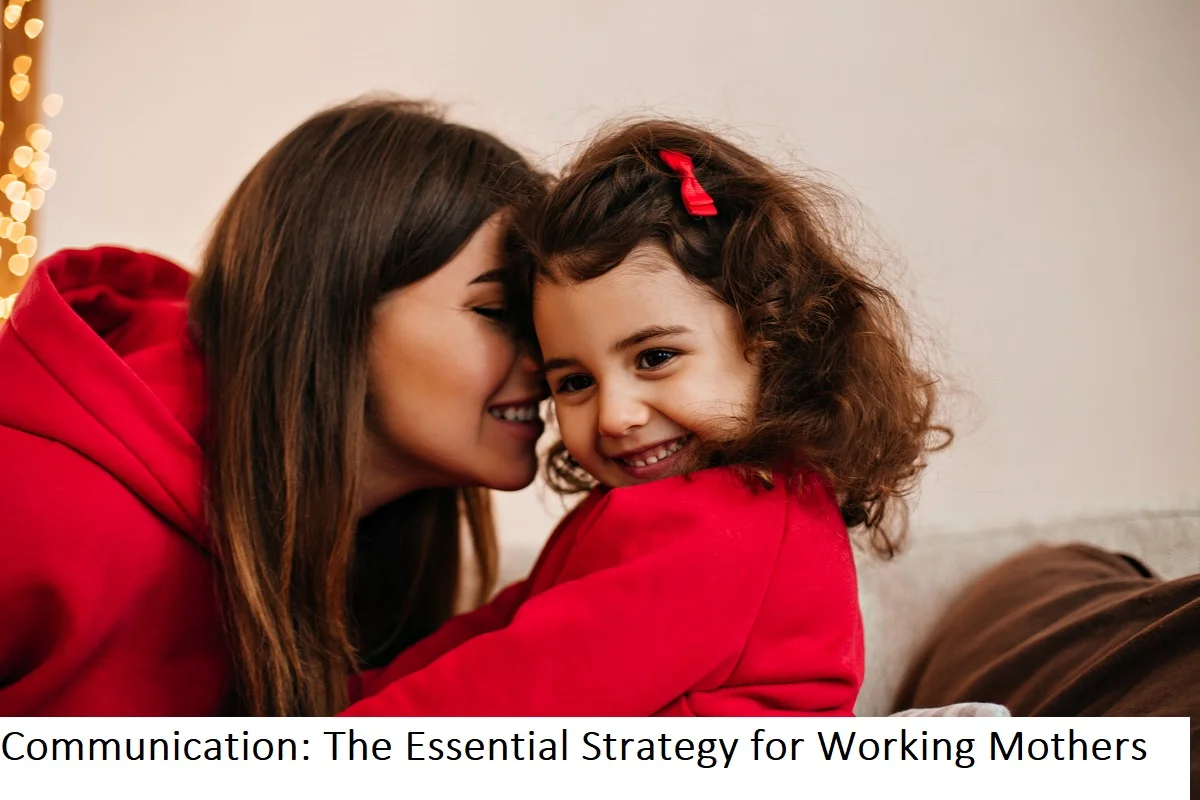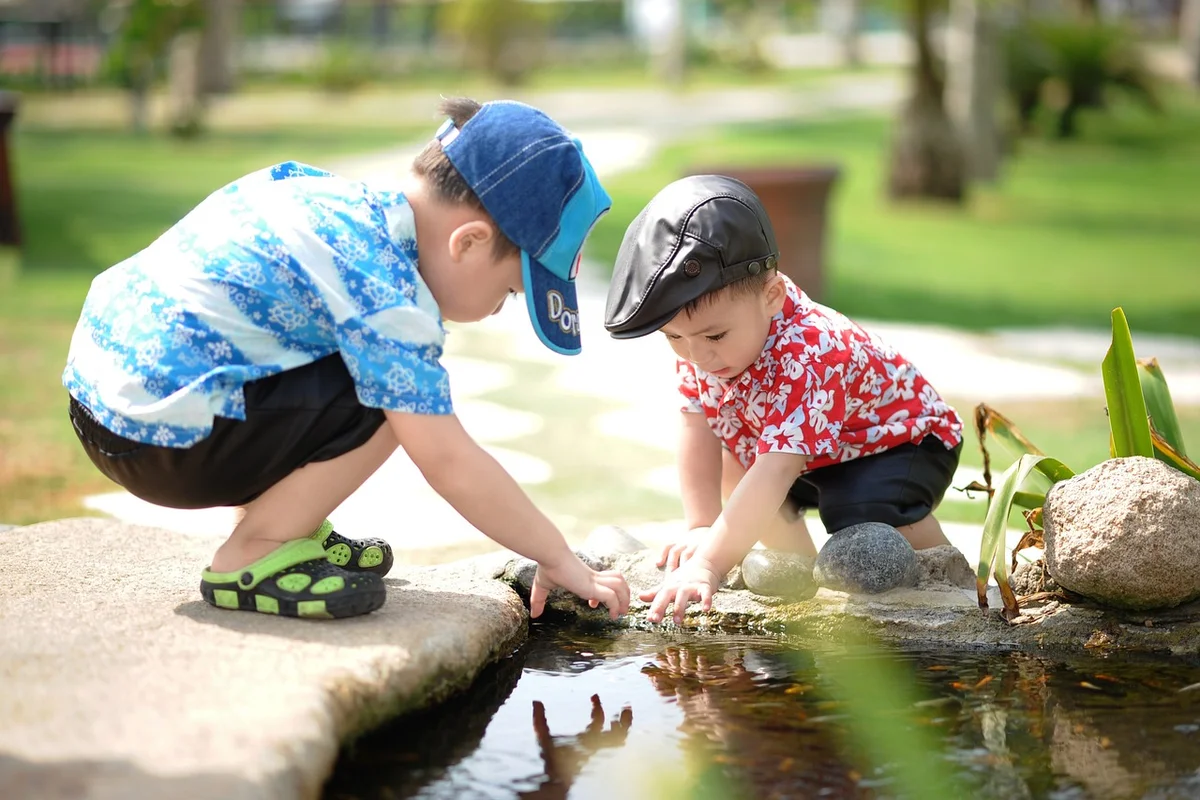Teenagers are at a transformative stage of life where their behavior, attitudes, and character are being molded. While family plays a foundational role, society exerts a significant influence that cannot be overlooked. From peer groups to media exposure, societal factors collectively shape who teenagers become. Understanding these dynamics is key for parents, educators, and communities aiming to guide teens toward a positive and fulfilling future. Let’s find how society shapes teen behavior and attitdue.
1. The Role of Peer Groups
Peer groups are one of the most influential societal factors affecting teenagers. Adolescents often look to their peers for acceptance, approval, and identity. These interactions can have both positive and negative outcomes.
- Positive Influence: Teens involved in peer groups that value academics, sports, or community service are more likely to develop positive behaviors and attitudes. For instance, joining a debate club can foster critical thinking and confidence.
- Negative Influence: Conversely, association with peers engaging in risky behaviors like substance abuse or delinquency can lead to negative outcomes. Peer pressure can compel teens to act against their better judgment, highlighting the importance of fostering healthy friendships.
For strategies on managing peer pressure, read How Parents Can Support Kids in Dealing with Peer Pressure.
2. The Impact of Media and Technology
In today’s digital age, media and technology play a pivotal role in shaping teen behavior and attitudes. From social media platforms to streaming services, teens are constantly consuming information that influences their worldview.
- Media Representation: Positive portrayals of diversity and resilience in media can inspire teens to embrace inclusivity and perseverance.
- Negative Effects: Overexposure to unrealistic beauty standards or violent content can lead to body image issues, aggression, or desensitization to violence.
Tip: Encouraging teens to critically evaluate media content can mitigate its adverse effects and promote a balanced perspective.
3. Cultural and Community Norms
Cultural and community values have a profound impact on shaping a teen’s character. Teens often absorb the norms and traditions upheld by their immediate environment.
- Cultural Identity: Celebrating cultural festivals or participating in community rituals can instill a sense of pride and belonging.
- Social Expectations: In some cultures, societal expectations regarding education or career paths can influence teens’ aspirations and self-worth.
4. Socioeconomic Factors
Socioeconomic status (SES) is another critical societal factor influencing teen development. Access to resources, quality education, and opportunities can significantly impact behavior and attitudes.
- Challenges of Low SES: Teens in low-income families may face stress, limited opportunities, or exposure to high-crime areas, which can negatively affect their development.
- Benefits of High SES: Conversely, access to extracurricular activities, mentorship, and advanced education often promotes positive outcomes.
5. Education and School Environment
Schools are microcosms of society and play a pivotal role in shaping a teen’s character and attitudes.
- Teacher Influence: Positive relationships with teachers can boost self-esteem and academic motivation.
- Peer Dynamics: Interaction with diverse peers fosters social skills and empathy.
Schools that provide a safe, inclusive, and stimulating environment are better equipped to nurture teens’ holistic development.
6. The Role of Family Within Society
While society exerts a collective influence, family remains the closest circle of support for teenagers. Families act as a bridge between societal expectations and individual development.
- Guidance and Communication: Open dialogue between parents and teens helps navigate societal pressures.
- Modeling Behavior: Parents who exhibit resilience, kindness, and integrity set a standard for teens to emulate.
7. Globalization and Its Effects on Teens
Globalization has expanded societal influence beyond local communities. Exposure to global cultures through travel, media, and technology can broaden teens’ perspectives.
- Positive Effects: Learning about diverse cultures fosters tolerance and adaptability.
- Negative Effects: Overexposure to conflicting values may create confusion or identity struggles.
8. Practical Tips for Guiding Teens
Guiding teens through societal influences requires a collaborative approach from parents, educators, and communities. Here are actionable tips:
- Encourage Critical Thinking: Teach teens to question and analyze societal norms and media messages.
- Promote Positive Role Models: Expose teens to inspiring figures within their community or through media.
- Foster Community Involvement: Encourage participation in volunteer activities to develop empathy and social responsibility.
- Monitor Media Consumption: Set boundaries on screen time and discuss the content they consume.
9. Real-Life Examples of Societal Impact
Real-world scenarios illustrate the power of society in shaping teens:
- Positive Example: A teen who joins a local environmental club may develop a lifelong passion for sustainability.
- Negative Example: Exposure to cyberbullying on social media can lead to anxiety or depression, emphasizing the need for digital literacy and support.
10. The Role of Childcare and Early Development
The influence of society begins in early childhood. Childcare providers and early educators play a foundational role in preparing children to navigate societal expectations.
For insights on how to create a nurturing and enriching environment from an early age, explore How to Create a Safe and Stimulating Environment for Your Child.
Final Thoughts
Society is a powerful force that shapes the behavior, attitudes, and character of teenagers. While its influence can be positive or negative, proactive guidance from parents, educators, and communities can help teens navigate these pressures successfully. By fostering critical thinking, promoting positive role models, and providing a supportive environment, we can empower teens to thrive and contribute meaningfully to society.









